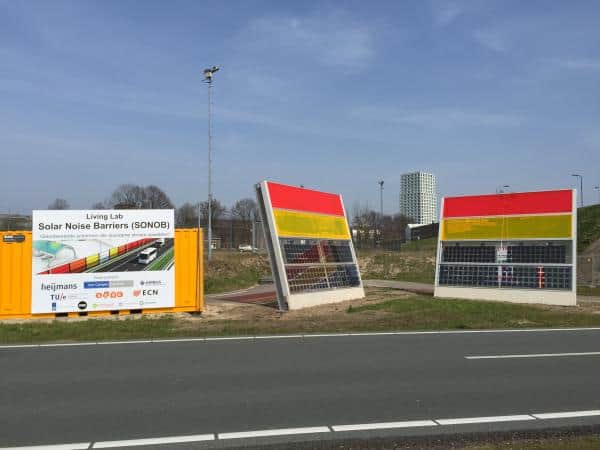Solar Roads in China are being trialled, according to Electrek. The roadways have solar panels underneath them that may have myriad benefits such as wireless charging, digitally assisting driverless cars, powering streetlights, signs, charging stations, and so on. Once a laughable idea due to the cost, massive improvements in technology mean that we are edging closer towards having true ‘solar highways’ at some point in the near future.
Solar Roads In China

The Jinan City Expressway, the stretch of solar roadway currently being constructed, is a 1.2 mile (a little under 2km) stretch of road which has transparent concrete being laid over a layer of solar panels. The construction is already complete and it’s currently waiting to be connected to the grid – they expect this to be completed by the end of the year. It’s actually the second solar roadway in China – with the first being completed in Jinan by the Quilu Transporation Development Group, which has 790 square yards of solar panels and is currently performing well.
Technical Details
The solar highway has been designed with three discrete layers – on top a transparent concrete which is, for all intents and purposes, the same as regular bitumen/asphalt. In the middle are the specially-designed ‘weight bearing’ solar panels, and below them another layer to separate the panels from the damp earth below. According to Elektrek even medium sized trucks will be able to drive on the solar highway.
Although the project’s technology is markedly different, it is in some ways similar to the Dutch SONOB highway installation earlier this year – where they use Infrastructure Integrated Photovoltaics (IIPV) (Also known as Building Integrated Photovoltaics (BIPV)) in order to help power sound barriers, lights and more.
Given that Jinan is one of the most polluted cities in China, it’s great to see them working on a second solar road and hopefully this is just the beginning.


